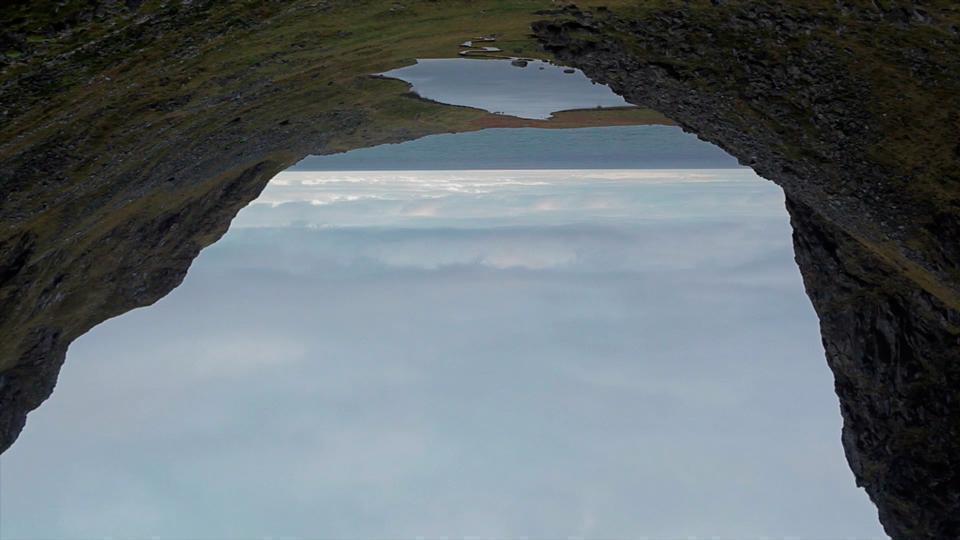Hubert Czerepok
Lux Aeterna
Hubert Czerepok
Lux Aeterna, 2011, video, 29 min
Collection II of the Arsenal Gallery in Białystok. Work purchased by the Podlaskie Association for the Promotion of Fine Arts

The form of Hubert Czerepok’s work is determined by the context of its making. The material was filmed in Norway in 2011, soon after the right-wing extremist Anders Breivik, allegedly acting to the good of the European civilisation, committed the Utøya massacre. The title Lux Aeterna refers Czerepok’s work to a piece of music by Clint Mansell which had its own place in Breivik’s insane scheme: in a manifesto1 he had published on the Internet he declared he intended to listen to it while carrying out the attack. He considered it a song that induced an amok of passion and helped to overcome fear. Czerepok makes the person of the killer and the rhetoric of his manifesto the keystone of his reflections concerning utopian ideologies which in their metaphysical and reformatory passion permit their followers to commit deeds of unimaginable evil.
A monologue that accompanies a monotonous shot of moving through a lit tunnel is an introduction to the key themes considered by Czerepok. From the off, an emotionless voice reads out excerpts from the writings of Thomas Jefferson, Adolf Hitler, the terrorist Ted Kaczynski and Anders Breivik.2 What these men had in common was the readiness to use any means possible to promote the effectuation of the realities they envisaged. The narrative is completed by the subsequent panoramas of Scandinavian landscapes, shimmering water and hills ruined by machinery, which are filmed in the manner of Nazi cinema, in which the metaphor of taking possession of Nature, i.e. ruling the world, was taken to the extremes.
Czerepok reaches for rhetorical forms, as well as the instruments for depicting and interpreting reality, which were formulated in the period of the Romanticism. Ideological programmes referred to in Lux Aeterna echo the great ideas of that era. The vision of Nature referring to the aesthetic category of the sublime also derives from the Romantic conventions. A passage from the monologue from Kordian by Juliusz Słowacki provides the culmination to Czerepok’s work. While delivering this monologue upon the peak of Mont Blanc, Kordian undergoes an inner metamorphosis and becomes a patriot ready to fight for the homeland. Paradoxically, Breivik turns out to be the contemporary reflection of Słowacki’s protagonist. He describes his transformation as “the ideological journey – from indoctrinated multiculturalist zealot to Conservative Revolutionary”. Declaring the will to engage in active combat, he speaks of himself as a lonely warrior. By referring to Kordian, Czerepok reveals the Romantic aspect of Breivik, bringing out the surprising and unintended similarity of their attitudes. He also emphasises that the legacy of the 19th century is still dangerously familiar today, as are the post-Romantic visions for which it provides the foundation, and that extreme evil is concealed behind the seemingly rational ideas of social utopias.
Izabela Kopania
translated from Polish by Klaudyna Michałowicz
- 2083 – A European Declaration of Independence (2011).
- These are, respectively, Letter to William Stephenson Smith (1787), Mein Kampf (1925–27), The Free Information Society (1995), 2083 – A European Declaration of Independence (2011).

PLAN YOUR VISIT
Opening times:
Thuesday – Sunday
10:00-18:00
Last admission
to exhibition is at:
17.30